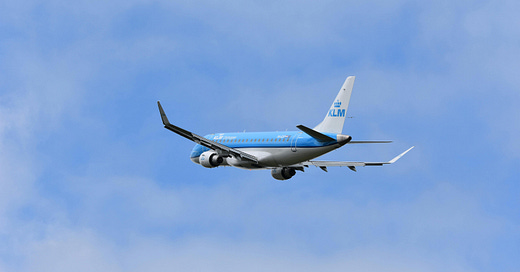Imagine booking a flight on KLM, only to realize your plane never touches Dutch soil. Welcome to the world of 5th freedom flights, where airlines operate routes between two foreign countries, often far from home.
They’re odd, unexpected, and sometimes incredibly lucrative. Here’s why these flights exist—and why airlines love them.
What’s a 5th Freedom Flight?
A 5th freedom flight allows an airline from one country to carry passengers between two other countries as part of a longer journey. For example:
✈️ KLM: Santiago 🇨🇱 → Buenos Aires 🇦🇷 (en route to Amsterdam 🇳🇱)
✈️ Emirates: Milan 🇮🇹 → New York 🇺🇸 (en route to Dubai 🇦🇪)
✈️ United: Tokyo 🇯🇵 → Ulaanbaatar 🇲🇳 (en route to the U.S.)
These routes often make no sense at first glance—but they’re usually money machines for the airlines that operate them.
Why Airlines Love These Flights
💰 They Fill Empty Seats – A long-haul route like Amsterdam to Santiago has extra capacity. Instead of flying empty between Santiago and Buenos Aires, KLM sells those seats for extra revenue.
🌍 They Expand Market Reach – Airlines use these flights to serve new markets without launching a full route. United’s Tokyo–Ulaanbaatar flight? A strategic play to capture U.S.–Mongolia traffic.
🤝 They Strengthen Alliances – Many 5th freedom routes connect partner hubs, boosting airline partnerships and loyalty programs. Emirates’ Milan–New York flight helps it steal market share from European carriers.
🚀 They Optimize Aircraft Use – Instead of parking a plane on the ground, airlines keep them flying, making more money. Every hour a jet sits unused = lost revenue.
Why This Matters to You
As a traveler, 5th freedom flights can mean better fares, better planes, and better service. Instead of flying an old regional jet, you might score a lie-flat seat on a long-haul aircraft at a fraction of the cost.
They might be some of the strangest routes in aviation—but for airlines and savvy travelers alike, 5th freedom flights are big business.




